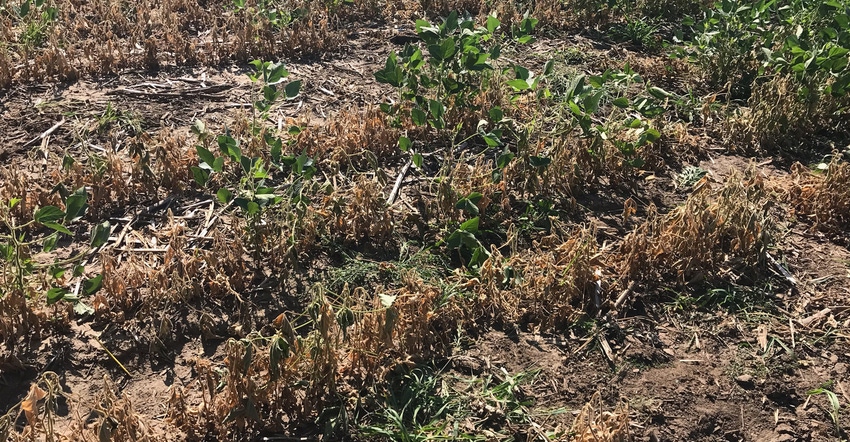
Editor's note: You can listen to my conversation with Justin McMechan by clicking on the Soundcloud link embedded in this blog.
It wasn't until 2018 that growers and researchers in eastern Nebraska realized soybean gall midge was going to be a problem. However, in 2018, it affected growers in more than 60 counties in Nebraska and neighboring states, resulting in dead soybean plants and lost yields.
"It's new. We've actually only been heavily studying this insect for the last 13 months," says Justin McMechan, Nebraska Extension crop protection and cropping systems specialist. "Prior to 2018, this insect was a minor issue — an annoyance for growers. It would show up in a field that had injury. Historically, it had a hail event or disease or something, and you'd find it late in the season. Growers would ask questions about it, but as a researcher and other researchers at the time, all the way back to 2011, there was really no reason to study it."
Since then, however, McMechan and his colleagues have been working diligently to monitor the pest's emergence patterns, its life cycle and its effect on soybean plants, as well as possible alternative hosts. In the latest episode of Down in the Weeds, we spoke with McMechan about some of the latest research on soybean gall midge.
About the Author(s)
You May Also Like






